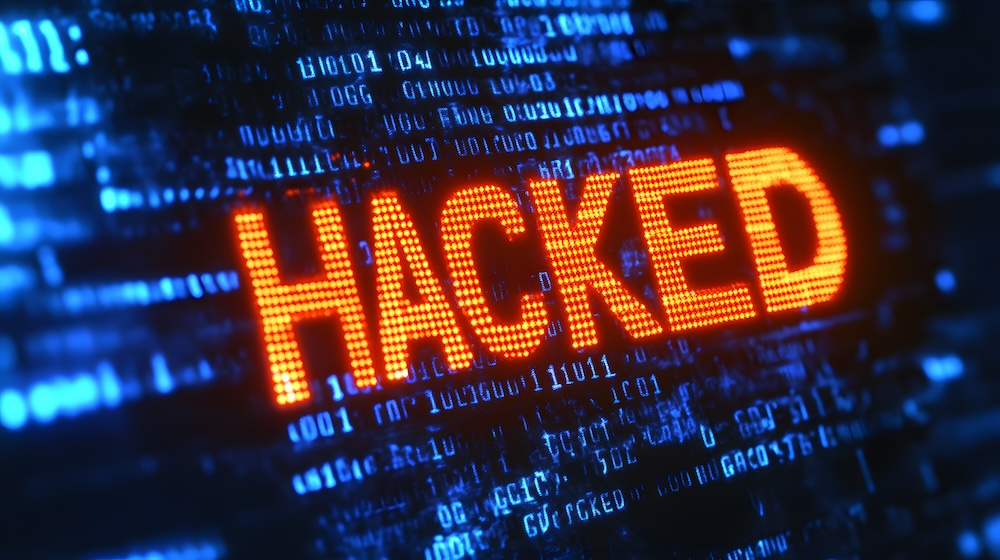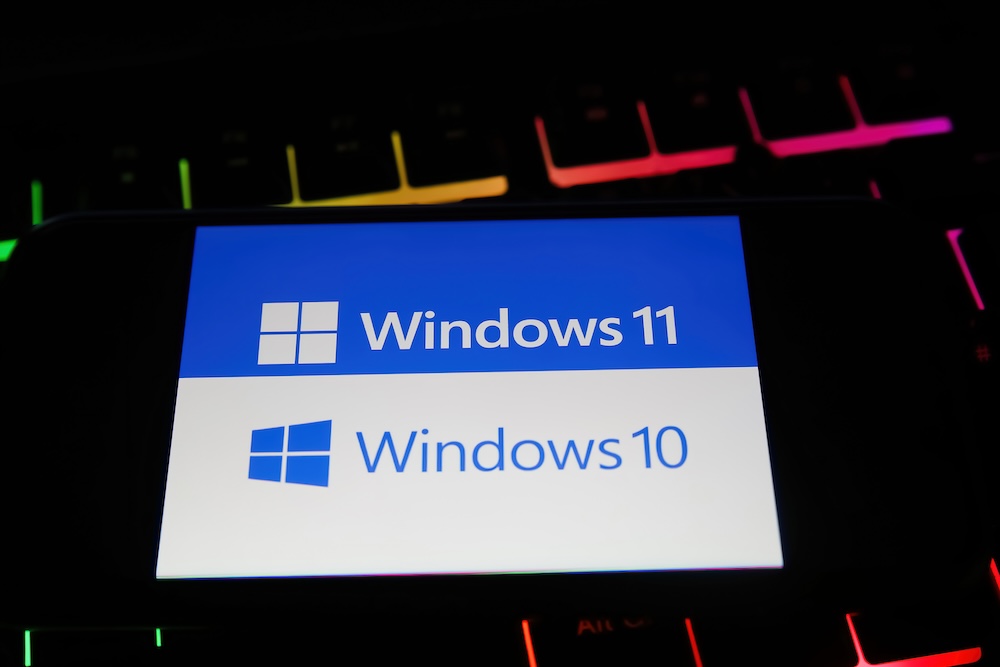Windows 10, which has powered hundreds of millions of machines since its launch in 2015, is officially reaching end-of-life (EOL) on October 14, 2025. That might feel far off, but for IT teams and business owners juggling dozens (or even hundreds) of endpoints, that date is approaching quickly.
Once support ends, your machines will no longer receive critical security patches. That means newly discovered vulnerabilities will remain open to exploitation, potentially for years. For cybercriminals, that’s an open invitation.
If your business is still relying on Windows 10, now is the time to act. Not just because of the looming deadline, but because what happens next could put your entire business at risk.
In this blog we’ll walk through what Windows 10 EOL means, why it’s such a serious cybersecurity concern, and what steps you should be taking right now to stay protected.
What “End of Life” Really Means
When Microsoft declares an operating system as “end-of-life,” they’re saying two things. First, there will be no more feature updates; no small loss, but generally manageable.
Second, and more importantly, there will be no more security patches. Any new vulnerabilities discovered in the system after that date simply won’t be fixed.
For hackers, this is gold. They know exactly when those patches stop. And they know how many businesses procrastinate or operate on thin margins that prevent timely upgrades. Exploiting known vulnerabilities in out-of-date systems is one of the easiest ways for attackers to gain access to networks.
Microsoft is offering Extended Security Updates (ESUs) for organizations that qualify, but that’s not a long-term solution. ESUs are expensive, and they only buy you a little more time; at most three additional years. For small to mid-sized businesses, those funds might be better spent on a proper upgrade.
The big takeaway? End-of-life doesn’t mean your devices stop working. It means they stop being protected.

The Cybersecurity Risks Are Real and Growing
Running unsupported systems is like locking your front door but leaving the windows wide open. The outside looks secure, but you’re still vulnerable where it counts.
Here’s where the biggest risks emerge:
1. Unpatched Vulnerabilities
Once Microsoft stops supporting Windows 10, they’ll no longer release security updates. That means if someone discovers a weakness in the system after the cutoff date, it simply won’t get fixed. The flaw will remain, unguarded and open, for as long as you continue to use the OS. That alone is risky. But there’s more to it.
Some cybercriminals take a calculated approach. Instead of using newly discovered vulnerabilities right away, they sit on them…waiting. They know that once an operating system reaches end of life, those flaws become permanent. No more patches. No more defenses. The opportunity for attack becomes much greater.
2. Compliance and Regulatory Exposure
If your business handles sensitive information, whether medical records, financial data, or even just employee details, you’re likely subject to compliance rules. Many of those require the use of secure, up-to-date software. An unsupported OS could mean you’re out of compliance, even if your team is doing everything else right. This could trigger fines, audits, or contractual breaches.
3. Software and Hardware Compatibility
As the ecosystem around Windows 10 moves on, many applications and hardware drivers will stop being supported. This can lead to workarounds, risky downloads, or “shadow IT” practices where employees try to solve the problem on their own, introducing even more vulnerabilities into your environment.
4. No Safety Net
If something breaks, you’re on your own. No Microsoft support, no reliable third-party help. That creates downtime risks your team may not be prepared to handle. Even routine troubleshooting becomes a much heavier lift.
A Bigger Picture: EOL as a Moment for Honest Reflection
If your company is still relying on Windows 10, it’s worth asking what else might be outdated. Are you running legacy applications? Is your hardware nearing retirement age? Are your cybersecurity protocols up to modern standards, or are they built around assumptions that haven’t been challenged in years?
Many businesses are trying to do more with fewer resources, especially in uncertain economic conditions. But end-of-life events like this one are a rare opportunity to pause, take stock, and make intentional decisions.
What You Should Do Now: A Security-First Action Plan
Whether you manage 10 devices or 1,000, the steps are largely the same. Here’s how to start:
1. Audit Your Devices
Make a complete inventory of every device still running Windows 10. Include laptops, desktops, point-of-sale systems, and any specialized devices. If it connects to your network, it matters. Surprising gaps often show up during this step. It’s not uncommon to find equipment you didn’t even realize was still in use.
2. Assess Hardware Readiness for Windows 11
Not every Windows 10 machine can run Windows 11. Microsoft’s requirements include a supported CPU, TPM 2.0, and more. Older devices may be perfectly functional but not eligible for upgrade. This gives you a clear decision point: upgrade where you can, and replace what you can’t.
3. Evaluate Your Cybersecurity Stack
Use this transition to assess your broader security posture. How’s your endpoint protection? Are you using multifactor authentication across systems? Do you have a clear backup and recovery plan? Updating your OS won’t solve everything, but it’s a smart time to make sure all your security layers are working together.
4. Don’t Delay the Operating System Transition
Start piloting Windows 11 now if you haven’t already. Get your IT team familiar with the new environment, test software compatibility, and identify workflow changes. Windows 11 offers better built-in security, including hardware-based protections, improved virtualization, and stronger defenses against ransomware. Waiting only prolongs your exposure.
5. Update Internal Policies and Training
An OS change is a good time to reinforce employee cybersecurity awareness. Phishing tactics are evolving, and users need to understand what modern threats look like. Password management, access control, and safe data handling should be front and center.
Often, human error is the gap hackers exploit, not just the software.
6. Consider a Managed IT Partner
If all of this feels overwhelming, you’re not alone. Many businesses lean on Managed Services providers (MSPs) during transitions like these. A good MSP can handle the inventory, upgrades, and security hardening for you, freeing your internal team.
Waiting Will Cost More Than You Think
It’s tempting to wait. After all, the machines are still working. They probably will after October 2025, too. But they’ll be unprotected. And in cybersecurity, exposure adds up quickly.
A successful breach can cost a small business tens or even hundreds of thousands of dollars. That’s not counting lost productivity, reputational damage, or the stress of navigating a crisis. Even small delays can turn into long outages if your systems are compromised, and you’re forced to recover from scratch.
Upgrades come with a cost but so does waiting. And the longer you wait, the fewer options you’ll have.
Where to Go from Here
The end of support for Windows 10 is a chance to make better decisions for your business.
If you haven’t started planning yet, now is the time. If you’re unsure where your vulnerabilities are, get a second opinion. And if your team is stretched thin, consider getting help from someone who does this every day.
You don’t have to solve everything at once. But doing nothing is the most expensive choice you can make.
About hubTGI
hubTGI is a Canadian-owned Managed Services provider that offers Print Services, Workflow Solutions, Managed IT, Cybersecurity Solutions, Cloud Services and VoIP to help their customers control costs, secure their data and make their people more productive.
For the latest industry trends and technology insights visit hubTGI’s Resources page.







